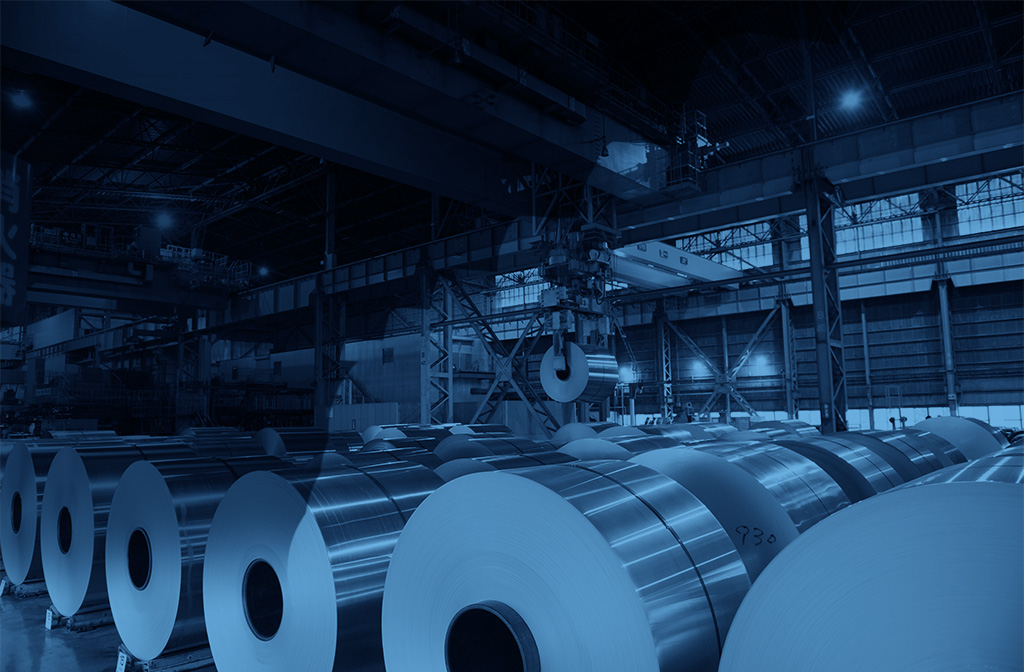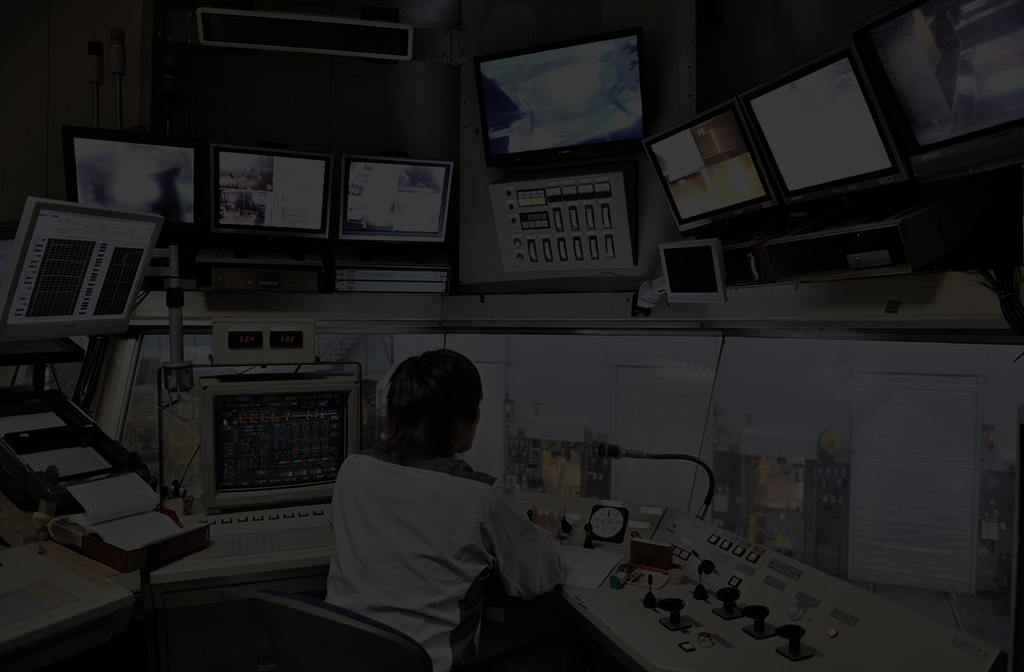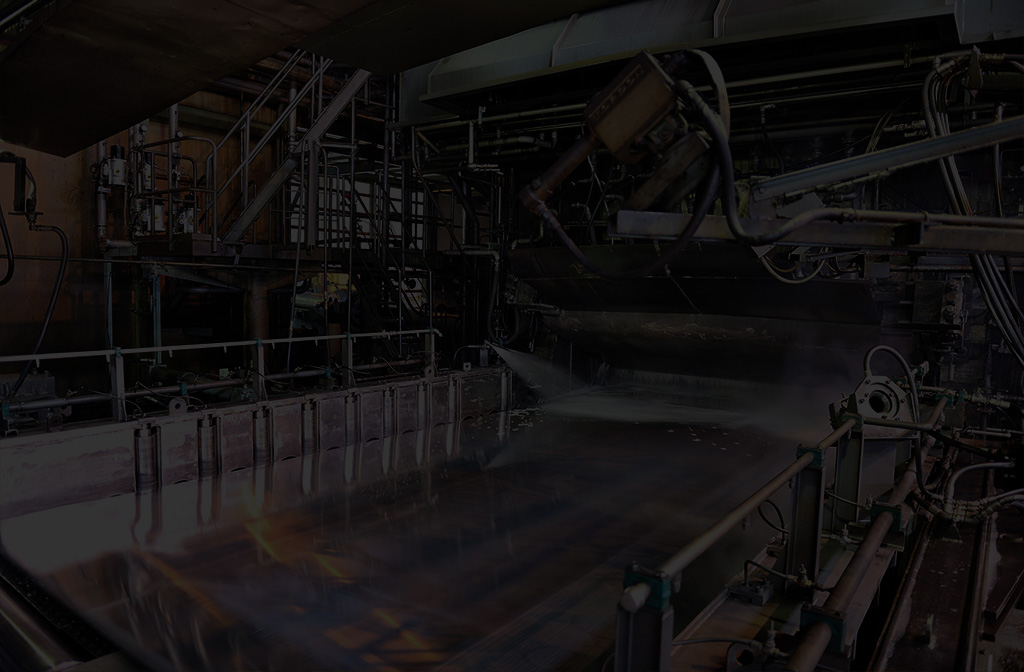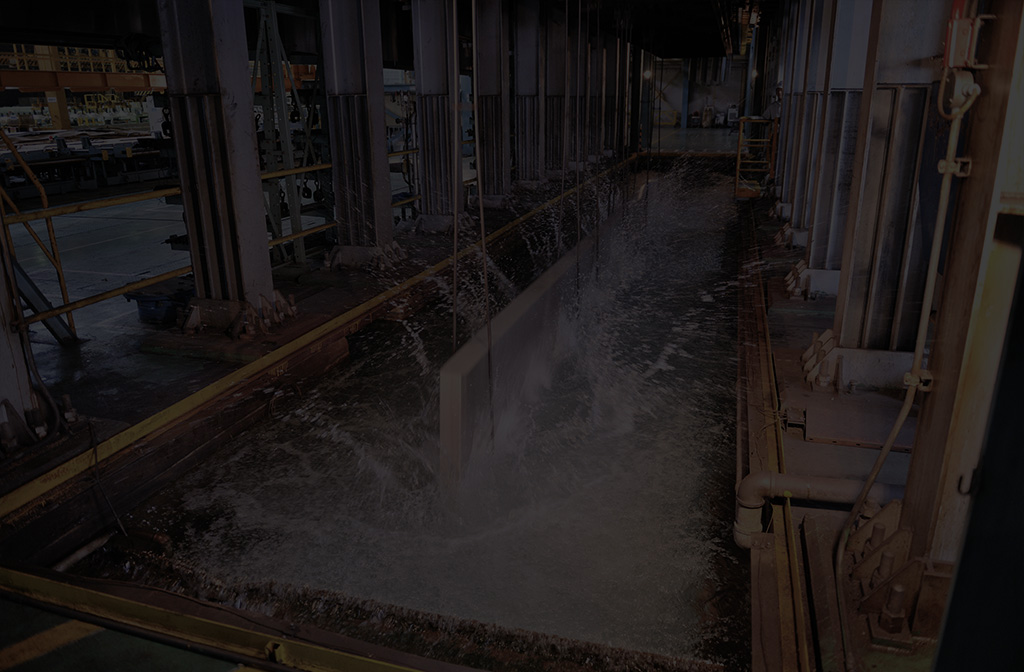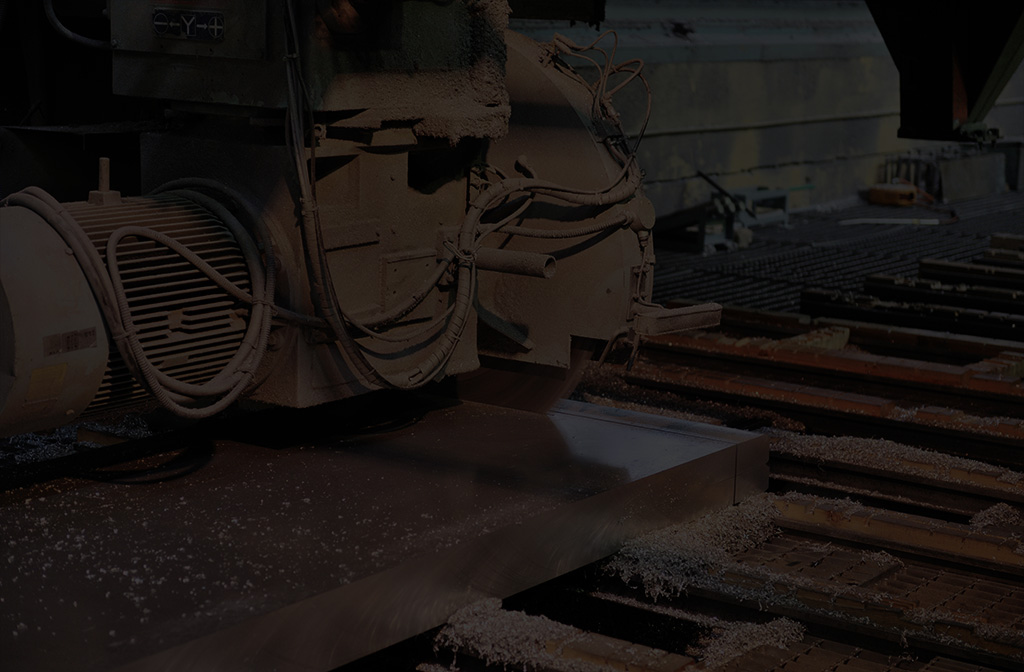

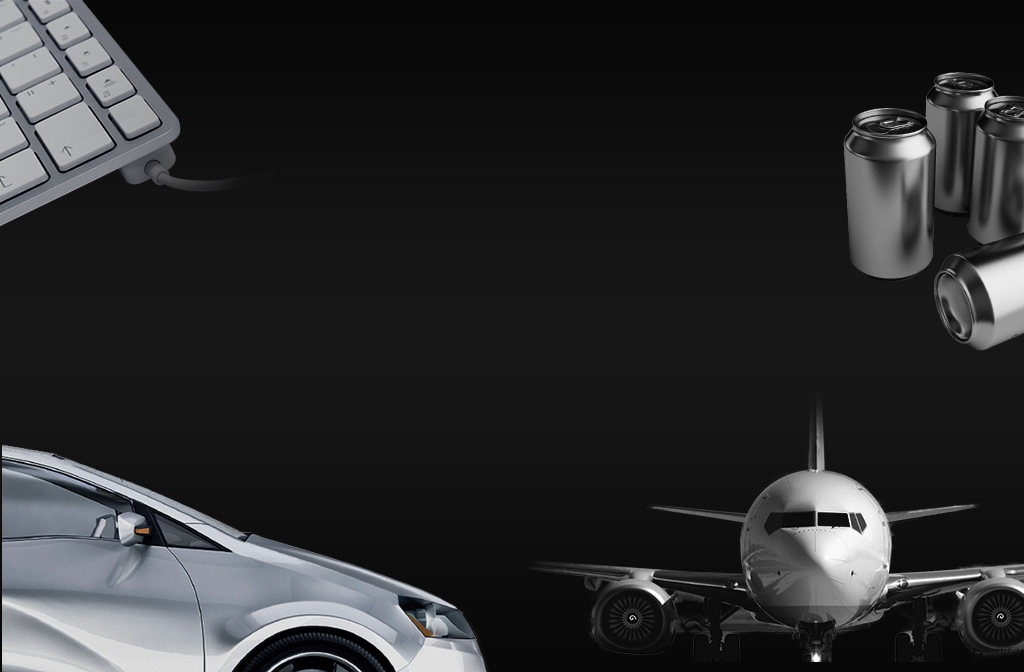





A British electrochemist named Sir Humphry Davy discovered an unknown element in 1807. He named the element "alumium," the original form of the word "aluminum."

In 1825, Danish physicist Hans Christian Oersted was the first to succeed in making the metal aluminum from aluminum chloride. This invention paved the way for the industrial application of aluminum.








Discovered only 200 years ago, aluminum has a short history. The reason it took so long to discover was that it is difficult to find in its elementary state. Aluminum can be found hidden in various compounds, mixed with minerals and soil, but because the metal does not occur naturally it took a long time to discover.
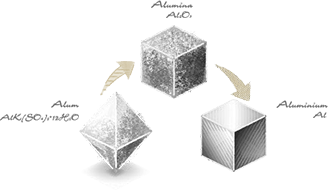

Aluminum can withstand temperatures down to minus 200℃
Behaving oppositely from steel, which becomes brittle at low temperatures, aluminum actually grows stronger in the cold. This feature makes aluminum perfect for use with LNG (minus 162℃) tanks, in aerospace development, biotechnology and many other cutting-edge fields.
Aluminum is a good conductor of electricity. This makes it a very economical metal for use in conductors.
Aluminum has lower electrical conductivity than copper, but it is very lightweight; twice its weight in copper would be needed to transmit the same amount of electricity. This is why aluminum is used in 99% of high-power transmission cables and demand growth is high in the fields of energy and electronics.
As it reflects light and heat, aluminum is used even in space suits.
Highly pure aluminum is good at reflecting electromagnetic waves, from infrared and ultraviolet light to radio waves and radar. This characteristic makes aluminum a good material for the reflectors in heating devices, lighting equipment and space suits.
Aluminum is highly corrosion-resistant and naturally rust-proof.
A thin oxide layer forms on aluminum when it is exposed to air. This layer helps protect its surface, so it does not rust in the way iron does. Its good corrosion resistance makes aluminum a good choice for use in construction, automobiles, ships and other maritime applications.
Aluminum has a specific gravity of 2.71, only about one-third that of iron (7.87) or copper (8.93).
Aluminum is used throughout the transportation industry-in automobiles, railcars, airplanes and ships—where its light weight helps to lower fuel costs and increase performance. It is also used to boost performance in engineering and construction, mobile and home electronics, and a host of other industries.
Aluminum is non-toxic, harmless and odorless, making it hygienic.
Heavy metals can have harmful effects on people and pollute the soil, but as aluminum does not, it can be used to wrap food products and drugs or used in beverage cans, medical devices and household products—its applications are wide-ranging.
Aluminum melts easily, making it good for casting into complex shapes.
Because aluminum has a lower melting point than iron or copper, it can be easily cast into thin or complex shapes. Aluminum has a wide range of uses: in automotive parts such as pistons and wheels, as well as in components for industrial equipment and camera bodies.
Aluminum is lightweight and strong, and processing makes it even stronger.
Aluminum can be made stronger by adding other metals to create alloys, or through rolling or heat-treating. The resulting metal is highly regarded for use in aircraft and large structures.
Aluminum is easy to recycle, aiding efforts to protect the environment.
Aluminum is easier to recycle than other metals, and parts made out of recycled aluminum are nearly the same as new parts. This saves energy and helps to conserve resources, making aluminum a good environmental choice.
Aluminum is attractive as is; processing increases its beauty.
Aluminum is attractive even as a base metal, but surface processing can make it even more beautiful. By adding various colors, aluminum can be turned into construction facings and wrapping materials that are highly sought after for their design sense.
Aluminum is non-magnetic, so is unaffected by magnetic forces.
Being unaffected by magnetic fields makes aluminum a good choice for parabolic antennas, measuring equipment in ships, medical electronics and mechatronic components — and the list continues to grow.
Because it is easy to process, aluminum can be turned into various shapes.
One of aluminum's biggest strengths is that it is easy to process. From thin sheets of aluminum foil to complex extrusions, aluminum can be made into a host of shapes. Also, precision processing is easy, giving aluminum an active role in many industries.
Aluminum transmits heat and cold well, having around three times the heat conductivity of iron.
Not only does aluminum transmit heat well, but it can also be chilled rapidly. These characteristics suit aluminum for use in pots and pans, beverage cans, air conditioning equipment, various types of heat exchangers, and in the cooling fins and heat sinks that are used to radiate heat away from electronic components.






Aluminum is lightweight and strong, with superb recycling characteristics. These features suit aluminum for use in a wide variety of fields. Throughout the world, demand for aluminum is growing by leaps and bounds, and much more rapidly than for other non-ferrous metals. Aluminum has become a major component of our lives and our businesses.
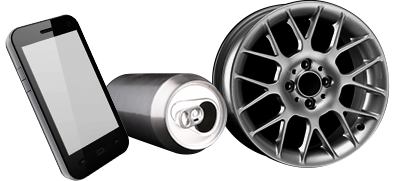






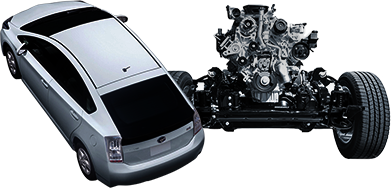

Most automotive parts are made of iron, but using aluminum instead of iron reduces CO2 emissions. At the production stage, the more recycled aluminum is used as a material, the lower the CO2 emissions. Aluminum also makes vehicles more lightweight, so they require less fuel, reducing CO2 emissions during use (while driving).

One of aluminum's major advantages is its ease of recycling. This means that the cost required to recycle an aluminum can is much lower, compared with that of other beverage containers. In addition to helping reduce resource use, aluminum cans are an excellent economic choice.







Here we compare the amount of energy a drink container requires: to make and then to recover and dispose of after use. The more they are recycled, the lower the energy cost of aluminum cans becomes, helping to conserve energy use.










Aluminum is also used in the equipment that produces semiconductors. One example is substrate holders, key components of semiconductor manufacturing equipment that UACJ supplies, accounting for an overwhelming 90% share of the global market making a solid contribution to cutting-edge manufacturing.

Aluminum finds widespread application in beverage cans because it cools quickly and is easy to recycle. UACJ is developing aluminum materials to meet the ongoing efforts to differentiate cans by function and design, resulting in such products as laminated cans and bottle cans.
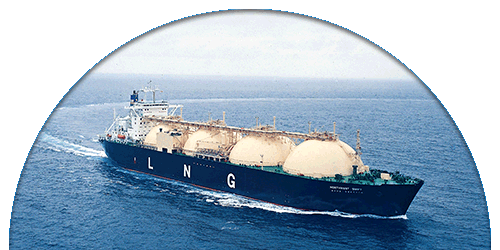
Aluminum is suited for use in ships, as it is lightweight and affords superior durability. In particular, aluminum is used in passenger ships and ferries, which require speed. Because it is robust in extremely low-temperature applications, aluminum is used in ships that transport LNG (minus 162℃). UACJ boasts a leading share of the Japanese market for LNG tanker materials.

Aluminum is used in the curtain walls, sashes and other materials that are essential to the construction of high-rise buildings. UACJ holds the largest share of the Japanese market for aluminum plate used in construction, employed mainly in large structures.

Aluminum is used in many parts of a vehicle, including its engine, wheels, hood and suspension and, in recent years, even the body. UACJ has developed a high-casting-temperature aluminum alloy that is ideally suited for use in automobile bodies. This new alloy is helping automobile manufacturers to meet the demand for more lightweight vehicles.
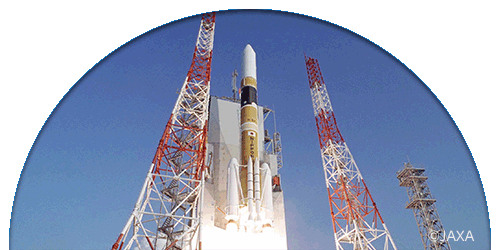
Aluminum is used in the bodies of space rockets, as this high-quality, highly reliable material allows them to withstand the harsh environment of space.

Aircraft bodies employ high-strength aluminum alloys, making them extremely lightweight, strong and rigid.
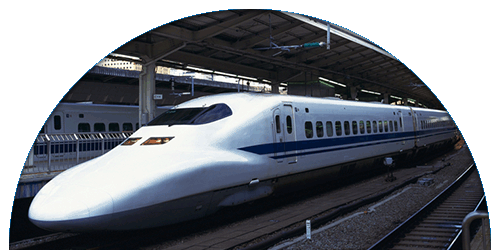
Aluminum alloys first found application on railways in 1962, when they were used in railcar interiors and window sashes. Their application has expanded since that time, and aluminum railcars are now essential for railcars on shinkansen bullet trains and other high-speed railways. Aluminum is also used in standard railcars, chiefly for subways.

The chassis that encase the display panels of flat-screen TVs are made of aluminum, contributing to their light weight, despite larger screen areas. Also, the memory disks at the heart of the hard disk drives of DVD recorders and navigation systems.

Aluminum is essential to modern-day electronic products. In addition to aluminum electrolytic capacitors—electronic components that play a major role inside PCs—aluminum is used in the bodies of PCs, digital cameras and mobile devices.
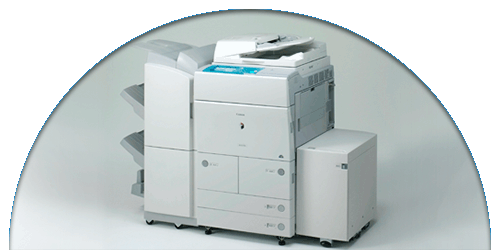
Aluminum also has key roles in the printing industry. It is used in presensitized plates for printing novels and catalogs and in the plates employed in waterless printing, a method designed to reduce printing's environmental impact. Aluminum components are also found in abundance in copying machines and printers used in offices and homes.

Aluminum is sanitary, being harmless and odorless. Even if as the result of some chemical action the metal were to elute and form a compound, it would not present a danger to humans or pollute the soil as can happen with heavy metals. Taking advantage of these characteristics, aluminum is used widely in food product and drug packaging, as well as in medical devices and household products.
